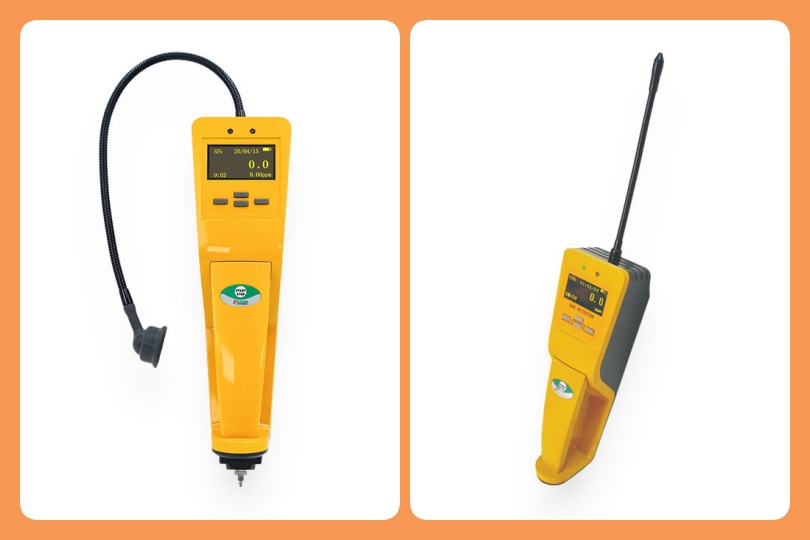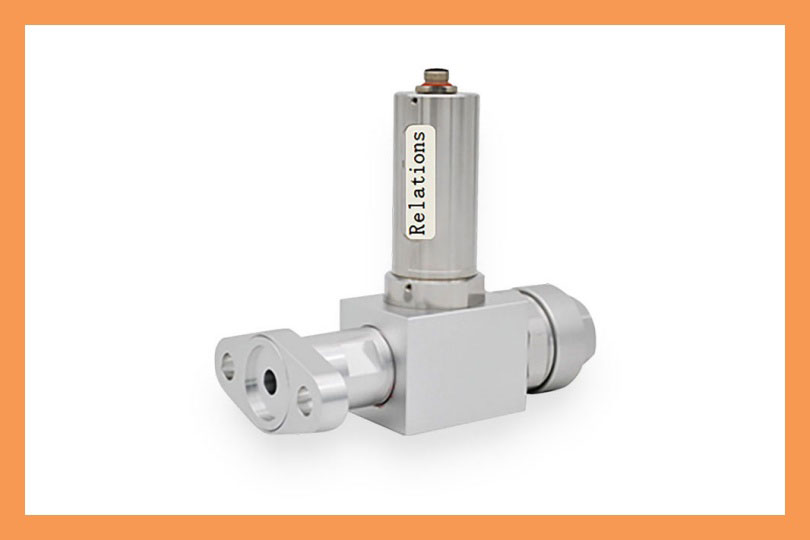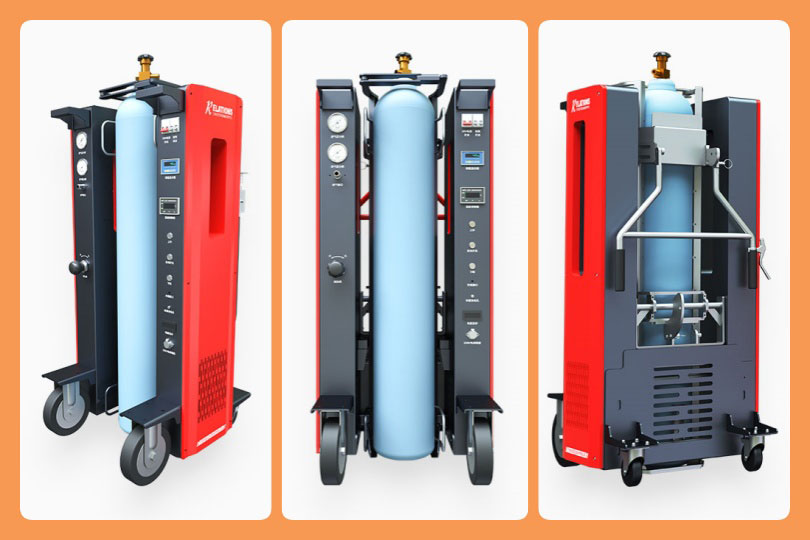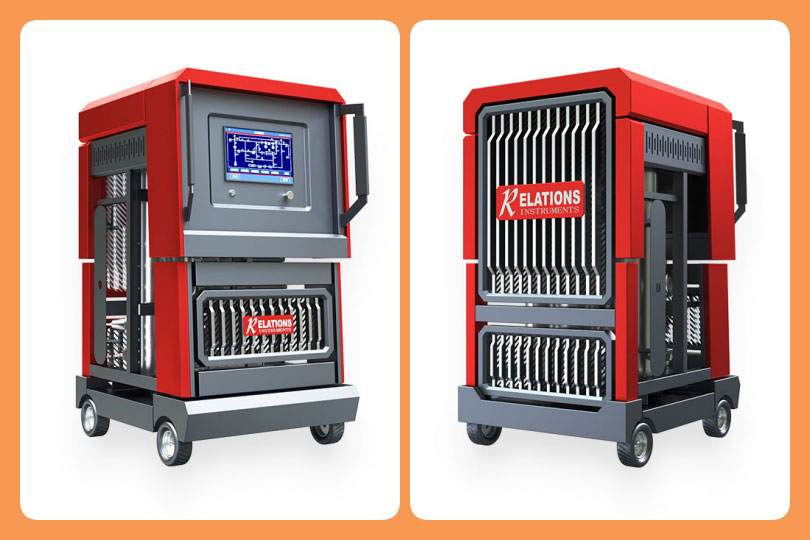Need Help: Providing Innovative and Sustainable Solutions.
Office Hours: 08:30am-6:00pm
How to improve the sensitivity and selectivity of SF6 gas leakage sensors?
Date
2025-10-28
[email protected]
Website
www.sf6gasdetector.com
Get Solutions And Quotes
How to improve the sensitivity and selectivity of SF6 gas leakage sensors?
Improving the sensitivity and selectivity of SF6 gas leakage sensors relies on a multi-dimensional technical approach, covering material innovation, structural design optimization, signal processing enhancement, and environmental interference suppression. Each link targets the core pain points of “difficulty detecting low concentrations” and “easy interference from mixed gases”.
1. Innovate Sensor Sensing Materials (Core Foundation)
The interaction between the sensing material and SF6 molecules directly determines sensitivity and selectivity. Optimizing material properties is the most effective starting point.
- Nanomaterial modification to enhance sensitivity
- Modify graphene (e.g., doping with nitrogen atoms or loading metal nanoparticles like Au/Pt) to increase its specific surface area and electron transfer efficiency. This allows even trace SF6 molecules (ppb level) to cause significant changes in the material’s conductivity, improving sensitivity by 1–2 orders of magnitude.
- Use metal oxide composites (e.g., WO₃-SnO₂ or ZnO-In₂O₃) instead of single oxides. The heterojunction structure formed between different oxides strengthens the adsorption of SF6, reducing the minimum detectable concentration from the original ppm level to below 10 ppb.
- Design “molecular recognition” materials to improve selectivity
- Adopt metal-organic frameworks (MOFs) with specific pore sizes (e.g., ZIF-8 or UiO-66). Their uniform nano-pores only allow SF6 molecules (molecular diameter ~0.4 nm) to enter, blocking larger interfering gas molecules (e.g., water vapor, O₃) and achieving “molecular sieving” selectivity.
- Develop SF6-specific aptamers or polymer films (e.g., fluorinated polyimides). These materials have directional binding sites for SF6, avoiding non-specific adsorption of other gases in substations (e.g., insulating oil volatiles).
2. Optimize Sensor Structural Design (Amplify Sensing Signals)
Reasonable structural design can maximize the contact between the sensing material and SF6, while amplifying weak sensing signals to improve detection limits.
- Micro-nano structured sensing layer
- Prepare the sensing material into a porous film (e.g., via electrospinning or hydrothermal synthesis) instead of a dense layer. The porous structure increases the contact area between the material and SF6 by 3–5 times, shortening the response time (to <10 seconds) and reducing the minimum detectable concentration.
- For optical sensors (e.g., infrared absorption type), design a “multi-pass gas cell” structure (e.g., Herriott cell). This extends the optical path of the infrared light passing through the SF6 gas from a few centimeters to several meters, making even trace SF6 molecules produce detectable absorption signals.
- Sensor array combination
- Build a multi-sensor array using 3–5 sensing materials with different selectivities (e.g., MOFs + modified graphene + metal oxides). Each material responds differently to SF6 and interfering gases; through cross-analysis of array signals, it can distinguish SF6 from mixed gases (e.g., H₂O, CO₂, O₃) and avoid false detections.
3. Enhance Signal Processing and Algorithm Support (Extract Effective Information)
Even if the sensing material generates weak signals, advanced signal processing can “filter noise and amplify useful information” to improve actual detection performance.
- Weak signal extraction technology
- Integrate a lock-in amplifier into the sensor circuit. It filters out background noise (e.g., electromagnetic interference from high-voltage equipment) by synchronizing with the excitation signal of the sensing material, enabling the extraction of weak conductivity/optical signal changes caused by trace SF6.
- For optical sensors, use a quantum cascade laser (QCL) as the light source. Its narrow linewidth (≤0.1 cm⁻¹) precisely matches the characteristic absorption peak of SF6 (10.6 μm), avoiding overlapping absorption with interfering gases and improving both sensitivity and selectivity.
- Machine learning algorithm optimization
- Use supervised learning algorithms (e.g., random forest, support vector machine) to train the sensor’s historical data. By learning the “signal fingerprint” of SF6 (e.g., specific conductivity change amplitude, response time), the algorithm can automatically identify and exclude interference signals from temperature/humidity fluctuations, reducing false alarms by more than 50%.
- For array sensors, adopt unsupervised learning (e.g., principal component analysis PCA) to reduce the dimensionality of multi-channel data. This highlights the unique signal features of SF6, further enhancing the ability to distinguish it from mixed gases.
4. Suppress Environmental Interference (Maintain Stable Performance)
Temperature, humidity, and electromagnetic fields in substations are important factors affecting sensor accuracy. Targeted anti-interference design is essential to ensure stable sensitivity and selectivity.
- Temperature and humidity compensation
- Embed a micro-thermistor and humidity sensor in the sensor. Through a pre-calibrated compensation algorithm (e.g., linear fitting or neural network), real-time correct the deviation of the sensing signal caused by temperature (-50°C to +55°C) and humidity (10%–95% RH), ensuring consistent detection performance in extreme environments.
- Coat the sensing layer with a hydrophobic and breathable film (e.g., polytetrafluoroethylene PTFE nano-film). It blocks water vapor from contacting the sensing material while allowing SF6 molecules to pass through, avoiding the problem of reduced selectivity due to water vapor adsorption.
- Electromagnetic shielding
- Package the sensor’s core circuit (e.g., signal acquisition module) with a metal shielding case (e.g., aluminum alloy or copper) grounded to the shell. This isolates electromagnetic interference from high-voltage equipment (e.g., GIS) and prevents noise from masking weak SF6 sensing signals.
5. Standardize Calibration and Verification (Guarantee Long-Term Reliability)
Regular and accurate calibration ensures that the sensor’s sensitivity and selectivity do not drift over time.
- Establish multi-point calibration protocols
- Use standard SF6 gas mixtures with known concentrations (e.g., 1 ppb, 10 ppb, 100 ppb, 1 ppm) for step-by-step calibration. Record the corresponding sensor signal values to form a standard curve, avoiding large errors caused by single-point calibration.
- For on-site sensors, design a “remote calibration” function. Through a built-in gas valve, periodically inject a small amount of standard SF6 gas to automatically correct the sensor’s signal deviation, eliminating the need for manual on-site calibration.
Realize The Recycling Of Sf6 Gas







